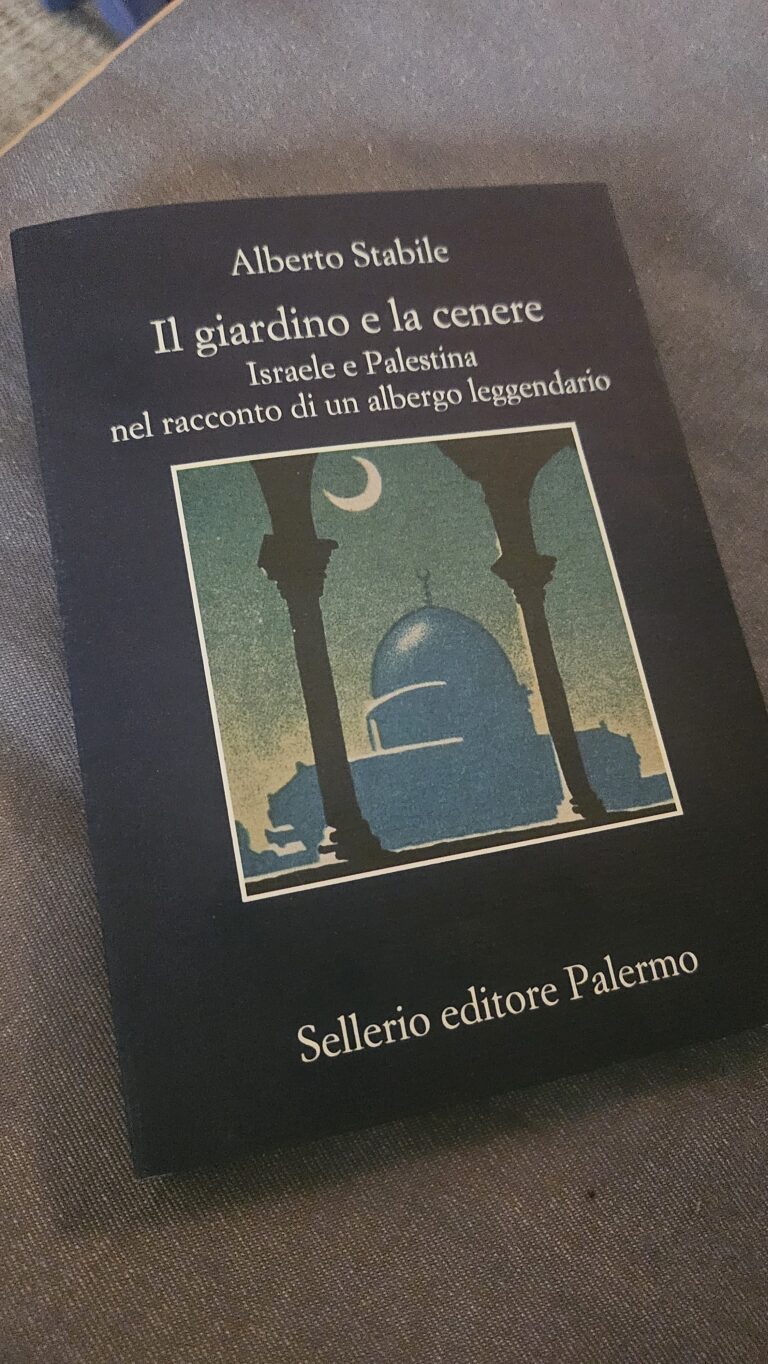Ogni lunedì un libro per iniziare la settimana, e il libro di questa settimana mi è particolarmente caro.
Citato pesantemente nella mia prima lezione di BIM per l’Interior Design, è uno dei libri che hanno segnato i miei più giovani anni e la mia decisione di iscrivermi ad architettura quindi, se volete vederla in un altro modo, un libro che ha fatto dei danni importanti.
Il linguaggio moderno dell’architettura: guida al codice anticlassico
di Bruno Zevi
Piccola Biblioteca Einaudi
Pochissimi sanno «parlare» e «leggere» l’architettura in termini attuali. Un solo linguaggio architettonico è stato finora codificato: quello del classicismo. L’architettura moderna, e con essa l’immenso patrimonio anticlassico del passato, viene paradossalmente considerata eccezione alla regola accademica, anziché linguaggio alternativo di piena, autonoma validità.
Le sezioni del libro sono sette, i sette pilastri di quello che Zevi chiama il codice anticlassico:
- l’elenco come strumento per azzerare il codice classico;
- l’asimmetria e dissonanze;
- la tridimensionalità antiprospettica;
- la sintassi della scomposizione quadridimensionale;
- le strutture in aggetto;
- la temporalità dello spazio;
- la reintegrazione edificio-città-territorio.
In una serie di polemiche «conversazioni» dirette agli architetti, ma soprattutto ai fruitori dell’architettura e dell’urbanistica, Bruno Zevi identifica e commenta le sette invarianti che, confutando i preconcetti classicisti di cui siamo succubi, offrono la chiave per intendere i messaggi contemporanei: ne emerge un panorama eretico e meraviglioso.
Il carattere provocatorio del saggio è annunciato dai due schizzi in copertina: piazza Venezia com’era, con la mole Torlonia a prolungamento del Corso e il fondale del palazzetto, davanti al quale poteva sorgere un monumento simile alla «mano aperta» di Le Corbusier; e la stessa piazza dopo lo sventramento che massacrò il cuore di Roma per dar luogo ad un faraonico, mostruoso scenario classicista.
Nella mia lezione del 9 e dell’11 marzo ho utilizzato principalmente due principi: l’elenco come metodologia progettuale, che cercherò di riprendere in un altro libro tra qualche settimana e che Zevi stesso riprende in un capitolo chiamato Elenco o Sistema, la tridimensionalità antiprospettica e le asimmetrie come nuovo codice di dissonanza per gli spazi, nello specifico per gli spazi in interno.
Cercherò di riprendere il principio della reintegrazione edificio-città-territorio quale principio guida semplice – come lo chiameremmo in LEGO® Serious Play – per la codifica degli algoritmi e delle simulazioni per la nuova urbanistica digitale delle Smart Cities. Consiglio però, in particolare, la sezione dedicata ad Architettura e Comunicazione.








1 Comment
Pingback:Umberto Eco – Vertigine della Lista – Shelidon
Posted at 06:12h, 01 June[…] E in particolare avevo utilizzato la Guida al Codice Anticlassico di Bruno Zevi (consigliato qui) in relazione all’ipotetico destino che attende il generative design così come lo conosciamo […]